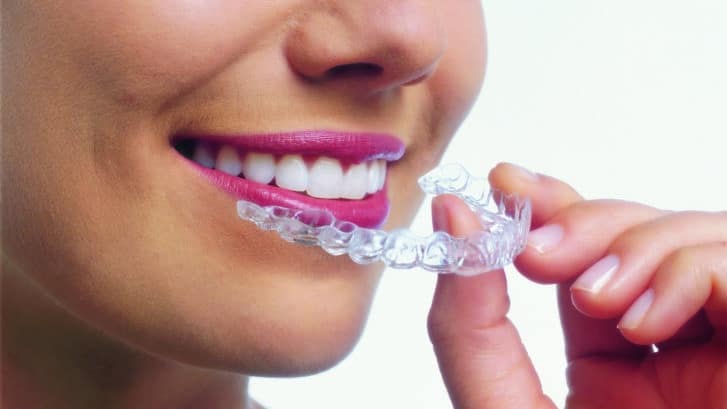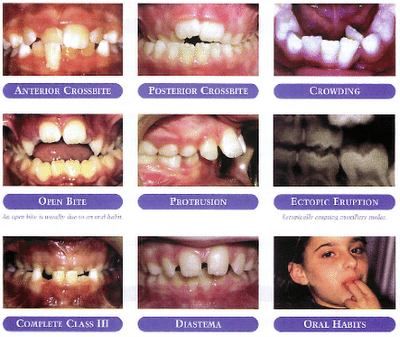Invisalign Platinum Provider
Windermere Orthodontics: Invisalign Platinum Provider!
At Windermere Orthodontics, we are proud to be an Invisalign Platinum Provider for THREE years running, including 2017, 2018 and 2019!

Windermere Orthodontics: Invisalign Platinum Provider!
At Windermere Orthodontics, we are proud to be an Invisalign Platinum Provider for THREE years running, including 2017, 2018 and 2019!

Invisalign is a popular treatment for misaligned or crooked teeth and bites. This treatment consists of using clear removable aligner trays to move the teeth. Invisalign is different than traditional metal braces, which are fixed to a patient’s teeth. Most patients seek orthodontic treatment in their teenage years. Invisalign can be a great option for your teen! At Windermere Orthodontics, we present this treatment option to patients and their parents if they are candidates for Invisalign and the following are advantages of Invisalign:

Teeth misalignment issues are quite common, and there was a time when traditional braces were the only option available to fix them. Now at days, you can choose between braces and clear aligners, such as Invisalign. At Windermere Orthodontics, we will evaluate your teeth and bite to determine which treatment modality is best for you. Let’s take a look at some of the most notable differences between the two options: Fixed braces vs. Removable aligners

If you are scheduled to have your braces removed, you may be relieved that the brackets and wires are finally coming off! But this isn’t exactly the end of your orthodontic treatment.

Many patients are savvy and cautious. They will dedicate the time to research different treatments in order to understand all of their options to make an informed decision. At Windermere Orthodontics, we are always willing to answer your questions and dispel any misconceptions. Here are some of the most common questions patients ask us during a consultation:

Most patients start orthodontic treatment in their early teen years or sometimes even earlier. It is important for parents to play an active role in their child’s health – including their orthodontic care. At Windermere Orthodontics, we are here to help prepare parents to make sure their child’s smile is on the right track.

Some patients can find orthodontic treatment intimidating before visiting the orthodontist. This is largely due to misinformation or lack of knowledge about how orthodontic treatment works. At Windermere Orthodontics, we take time to explain our treatment options to our patients in detail. This way they can make an informed decision without fear. Here’s a brief overview of how orthodontic treatment typically works:

The truth is that you don’t have to wait for your dentist to refer you to an orthodontist. It may seem unorthodox in the health care industry as the typical norm in many other scenarios is for a doctor to refer to a specialist. (We understand where the confusion comes from!) However, this is most certainly not the case when it comes to orthodontic treatment. Let’s dive deeper as to why!

In the world of orthodontics, a “bite” is used to describe the way your upper and lower teeth come together. A bad bite is also known as a “malocclusion” where the teeth do not adequately meet or do not meet at all. Bite problems are unique to each individual. However, there are a few bite problems that are common for children and adults. Here are a few bite problems as shared by the American Association of Orthodontists:

When it comes to orthodontics, you may have come across the terms “early treatment” or “two-phase treatment”. This is often needed for a child who has orthodontic problems but may not have all of their adult teeth. Two-phase treatment means that treatment is done at two separate stages. This is done to help take advantage of the predictable stages of dental development and physical growth of your child. At Windermere Orthodontics we’ve gathered some information from our friends at the American Association of Orthodontists to help parents understand more about two-phase orthodontic treatment.